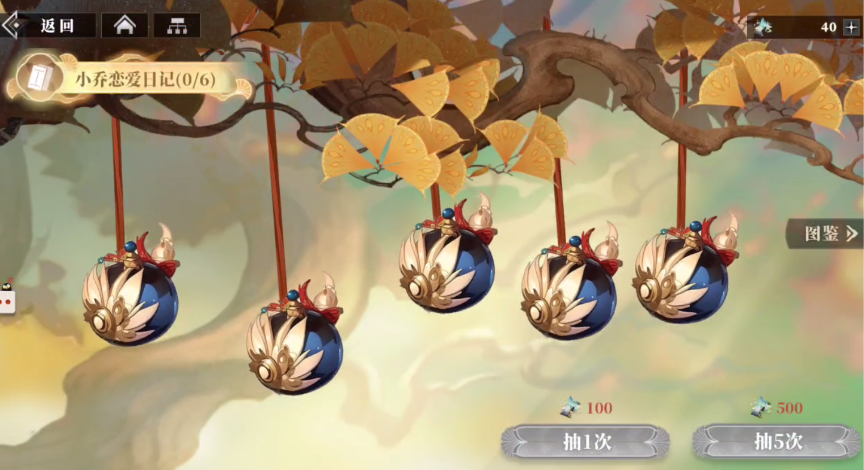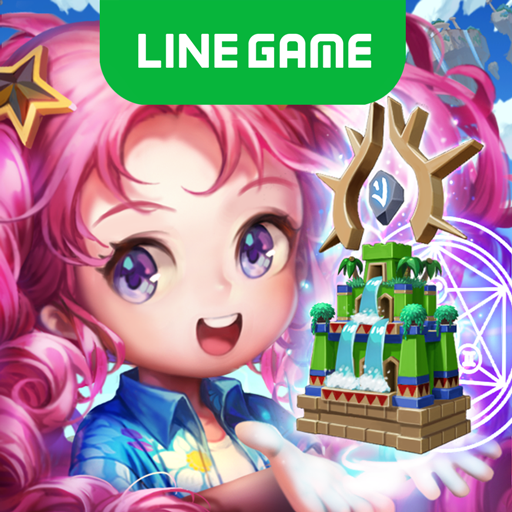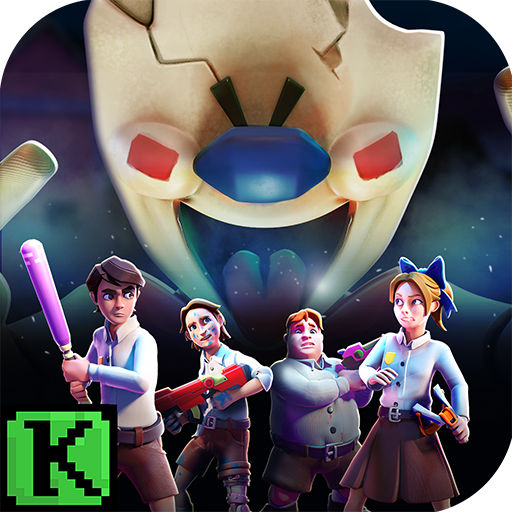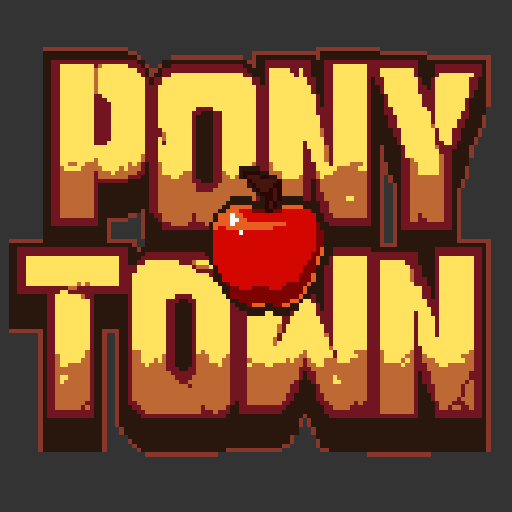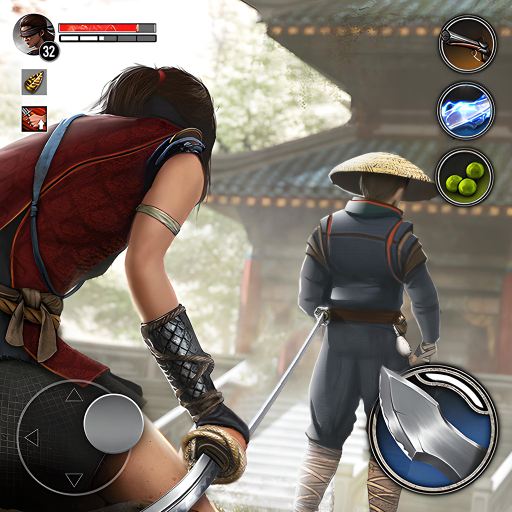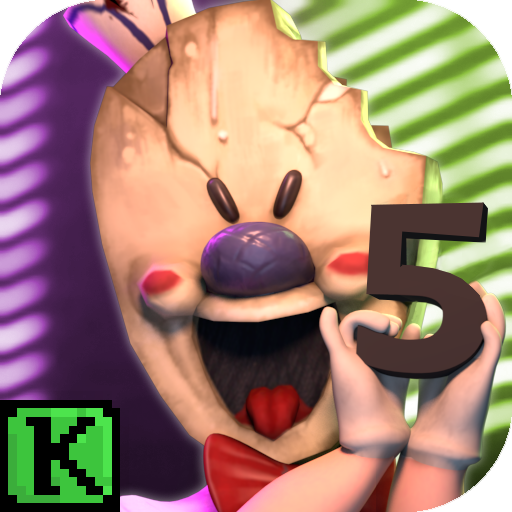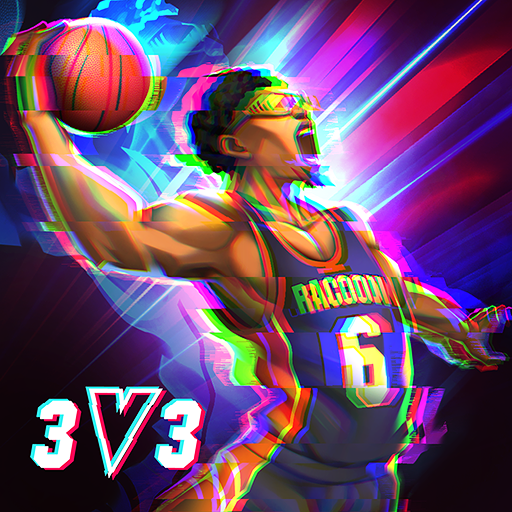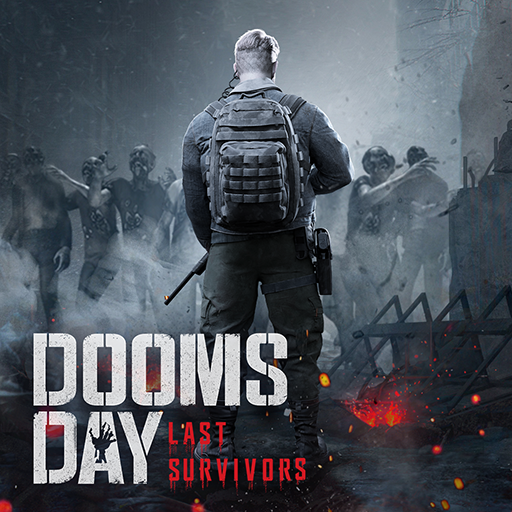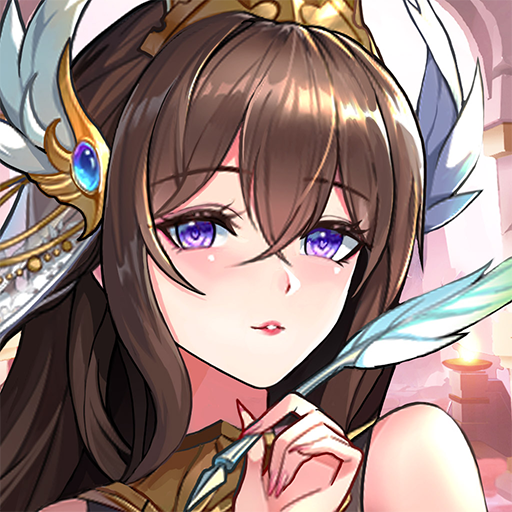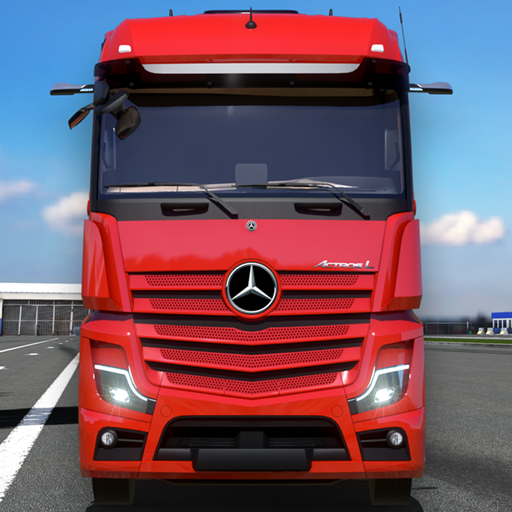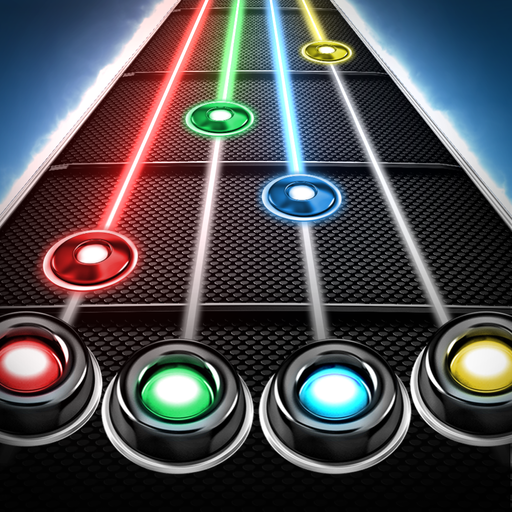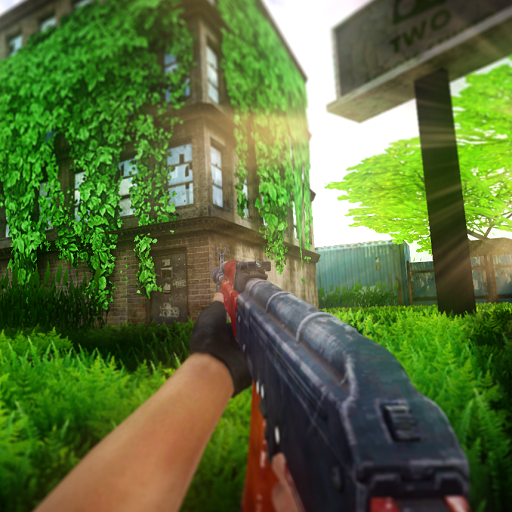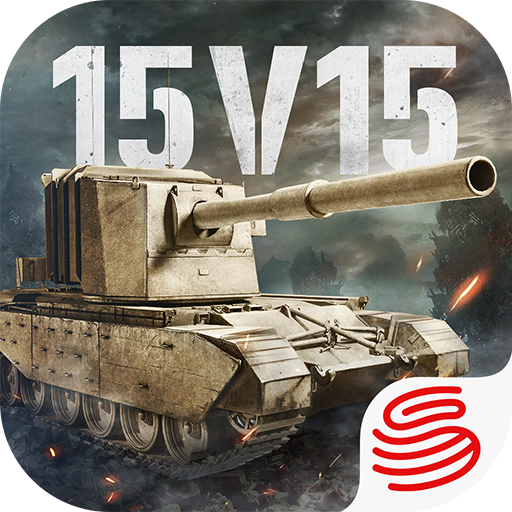Today, we bring you the comprehensive hero guide for Pixel City. In this RPG mobile game that deeply integrates pixel art style with faction strategy, the hero guide is not just a reference of data, but also a meticulously constructed tactical manual. The numbers, skills, roles, and factions behind each hero reflect the developers' understanding of the combat mechanics.
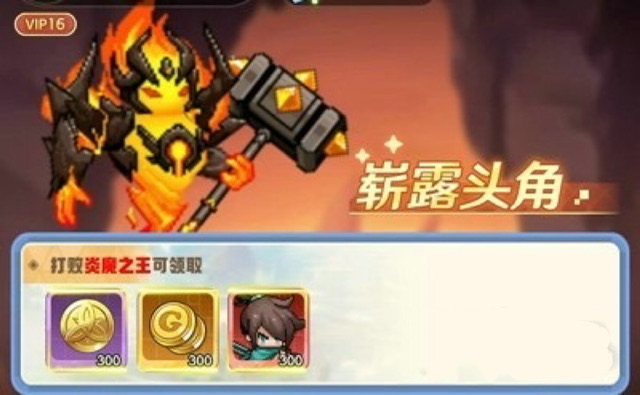
The most intuitive part of the guide is the division into four major faction attributes: Nature, Frost, Magma, and Arcane. In the Nature faction, the Azure Dragon is known for its armor-piercing assault, with its skill release providing a striking sensation and splash effects that remain smooth even on low-end devices, combining practicality with visual appeal. Gaia builds the core of the defense line through her area-wide taunt and shield coverage, performing stably in PVE endurance battles. Chang'e's healing mechanism does not rely on burst recovery, but rather through continuous healing and status purification, forming a gradual pressure resistance rhythm, providing stable returns even in resource-scarce phases.
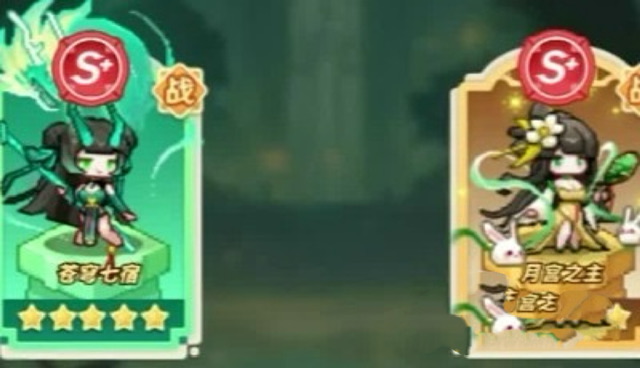
The composition of the Frost faction focuses more on control and disruption of the enemy's rhythm. Luo Shen's freezing mechanism can effectively interrupt the enemy's skill chain, and her appearance in battle often means the enemy's rhythm is forced to adjust. Poseidon's area-of-effect slow does not rely on frequent use, but instead creates a sense of spatial oppression through skill stacking, making the enemy's advance slow and strenuous. Jing Wei's sustained damage, although lacking in instant burst, often becomes the final blow to the enemy's backline in mid-to-long-range battles due to the additional damage from her frost arrows.

The Magma faction heroes build an extreme burst combat aesthetic. Kyubi's burn stacking mechanism allows her to still have significant weakening effects against high-armor units, and combined with the unique critical hit mechanism of the fire element, she often forms a devastating strike in a short time. Nidhogg, as a tank, not only has physical resistance but also uses a counter-damage mechanism to force the enemy's attackers to pay a price, making him a typical "defense as offense" representative. Apollo's skills break the traditional definition of support, with his team-wide critical hit bonus often becoming a hidden variable that determines the outcome of team battles.

Arcane faction heroes push control, disruption, and summoning mechanisms to the extreme. Pandora's skill design leans more towards tactical interference, with a damage transfer mechanism that gives the front line stronger survivability. Hela's summoned undead units not only share damage but also combine with the rune system to enhance endurance in prolonged battles. Lucifer, marked as a dark assassin in the guide, has stealth and ambush mechanisms that are extremely oppressive in PvP, capable of precisely cutting into the enemy's backline and disrupting the healing chain, making him a prime example of a character that relies on both control and burst.
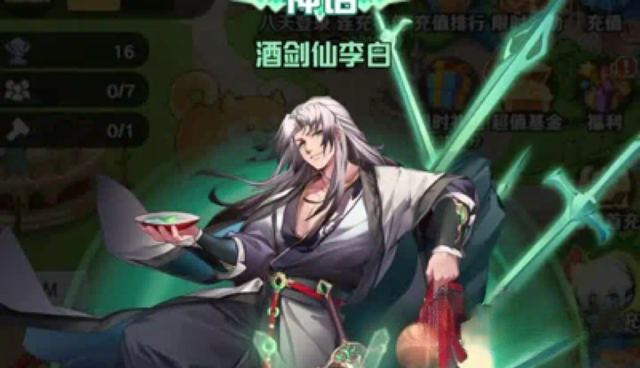
The hero guide for Pixel City is not just a static display of information, but a microcosm of dynamic balance and strategic construction. Understanding the true meaning of the guide is not about memorizing the damage numbers of a particular hero, but about how to achieve tactical dominance through combinations and pairings. Within the guide lies a precise test of each player's tactical acumen.
